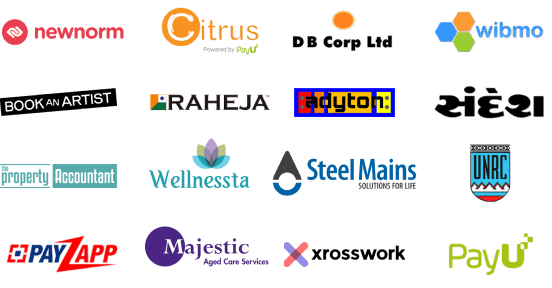Understanding Mousetrap Techniques
At its core, the mousetrap technique is about creating a simplified version of your product or service to test the hypothesis about its viability in the market. Think of it as setting a small, clever trap to catch insights into customer behavior and preferences without the full commitment of building the entire product. This method relies on minimal viable products (MVPs), prototypes, or even conceptual pitches designed to gather feedback and measure interest.
The Benefits are Clear:
- Cost-Effectiveness: By focusing on core functionalities or concepts, you save on development costs.
- Speed: Quick iterations mean faster feedback loops, allowing you to adapt or pivot as needed.
- Risk Reduction: Testing ideas on a small scale first mitigates the potential for large-scale failures.
Applying Mousetrap Techniques in SaaS Development:
- Landing Page Experiments: Before a single line of code is written, create a landing page for your SaaS idea with a clear call-to-action (CTA), such as signing up for early access. This tests the water for interest and can guide further development based on response rates.
- Prototype Testing: Develop a basic, functional prototype that demonstrates the key service or feature of your SaaS product. Use this to gather user feedback on usability, feature desirability, and overall experience. Tools like Figma or InVision make this more accessible than ever.
- Feature Fake-outs: Sometimes referred to as 'Wizard of Oz' tests, this involves simulating a feature's functionality without full backend support. For example, if you're considering adding AI-based recommendations to your SaaS tool, manually curate these recommendations at first to gauge user interest and engagement before fully automating the process.
- Concierge MVP: In this model, you manually perform the services that your SaaS would automate, providing personalized attention to early users. This not only validates the demand but also offers deep insights into customer needs and preferences, which can be invaluable in shaping the final product.
By applying these mousetrap techniques, businesses can navigate the uncertain terrain of product development with greater agility and less risk. The key is to start small, learn fast, and adapt quickly, ensuring that your SaaS product is precisely what the market desires—and that you haven't exhausted your resources in discovering that.
In Summary
Mousetrap techniques are a powerful ally in the innovator's toolkit, offering a pragmatic approach to validating ideas in the real world. For entrepreneurs and product developers in the SaaS sphere, these strategies can mean the difference between a product that soars and one that never gets off the ground. So before you pour your heart, soul, and budget into your next big idea, remember: sometimes, the best way to catch a big break is with a small trap.






